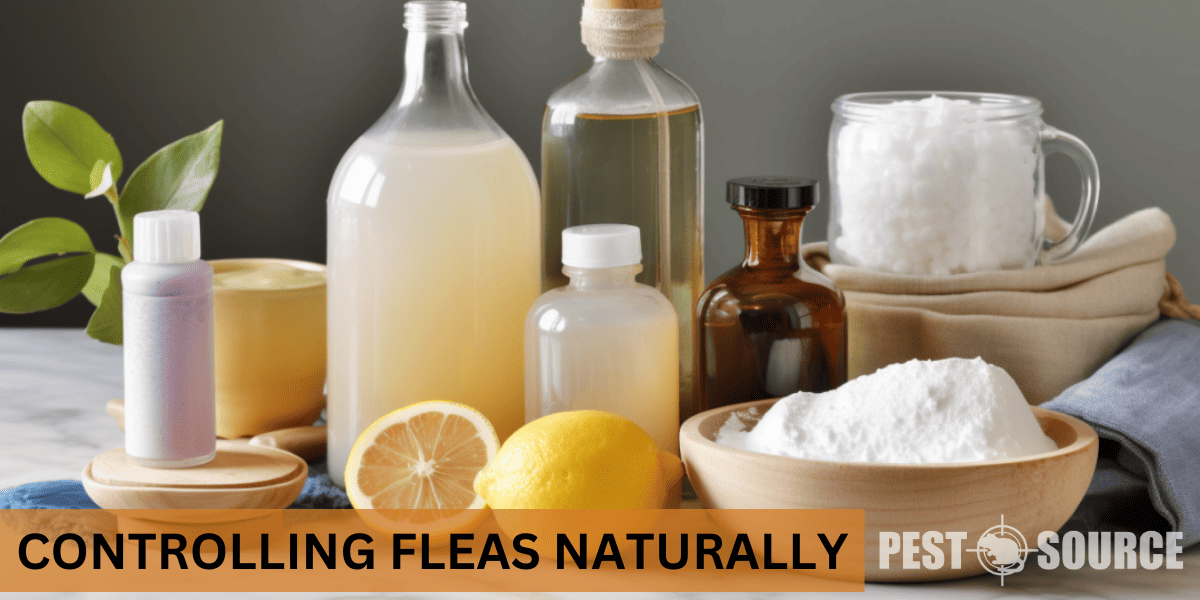Discover how to get rid of fleas naturally in this comprehensive guide. Learn about the potential risks of chemical treatments and the benefits of natural methods. Dive into the specifics of natural flea killers like diatomaceous earth, salt, vinegar, and essential oils, including their application and precautions. Understand the difference between flea killers and repellents, and discover various natural repellents. Finally, we’ll discuss safe and effective natural flea remedies for your beloved pets. Say goodbye to harmful chemicals and embrace the power of nature in combating pesky fleas.
Why Choose Natural Flea Control?
When it comes to flea control, many people turn to chemical treatments without considering the potential risks. When deciding between chemical and natural flea control methods, it’s essential to weigh the potential risks against the benefits. The table below outlines the key differences to help you make an informed choice.
| Method | Risks/Benefits | Comments |
|---|---|---|
| Chemical Treatments | – Skin irritation – Allergic reactions – Long-term health issues – Environmental harm | Chemicals can contaminate water and harm beneficial insects. |
| Natural Methods | – Non-toxic and safe for children and pets – Environmentally friendly – Cost-effective – Reduces risk of flea resistance | Natural options are often biodegradable and found in household items. |
What are the Benefits of Natural Flea Control?
By choosing natural flea control methods, you can avoid these risks and enjoy several benefits. Some of these benefits include:
- Safety for humans and pets: Natural flea control methods are typically non-toxic and safe to use around children and pets.
- Environmentally friendly: These methods are less likely to cause harm to the environment and are often biodegradable.
- Cost-effective: Many natural flea control options are inexpensive and can be found in your own pantry or garden.
- Prevention of resistance: Over time, fleas can develop resistance to chemical treatments. Natural flea control methods reduce this risk by using a variety of substances and tactics.
What are some Natural Flea Killers?
Diatomaceous Earth
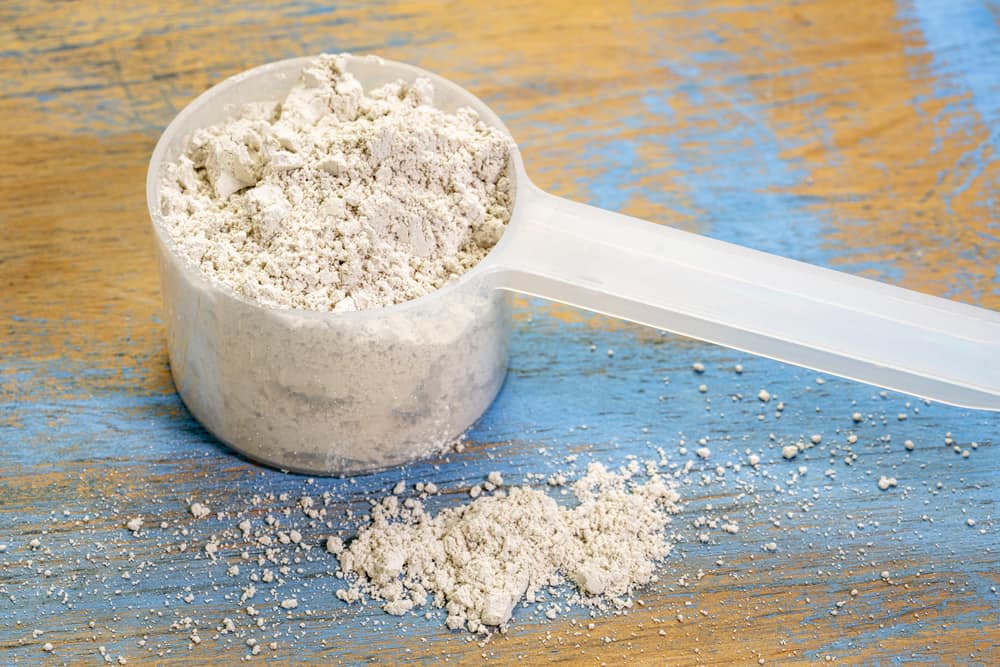
Diatomaceous earth is a natural, non-toxic powder made from crushed fossilized diatoms. It works by puncturing the exoskeleton of fleas, causing them to dehydrate and die. This substance is safe to use around pets and children, but be sure to use food-grade diatomaceous earth to avoid inhalation hazards.
Sprinkle the powder on carpets, pet bedding, and other areas where fleas may be hiding. Leave it for at least 24 hours before vacuuming the treated areas thoroughly.
Use food-grade diatomaceous earth and avoid inhaling the powder.
Salt
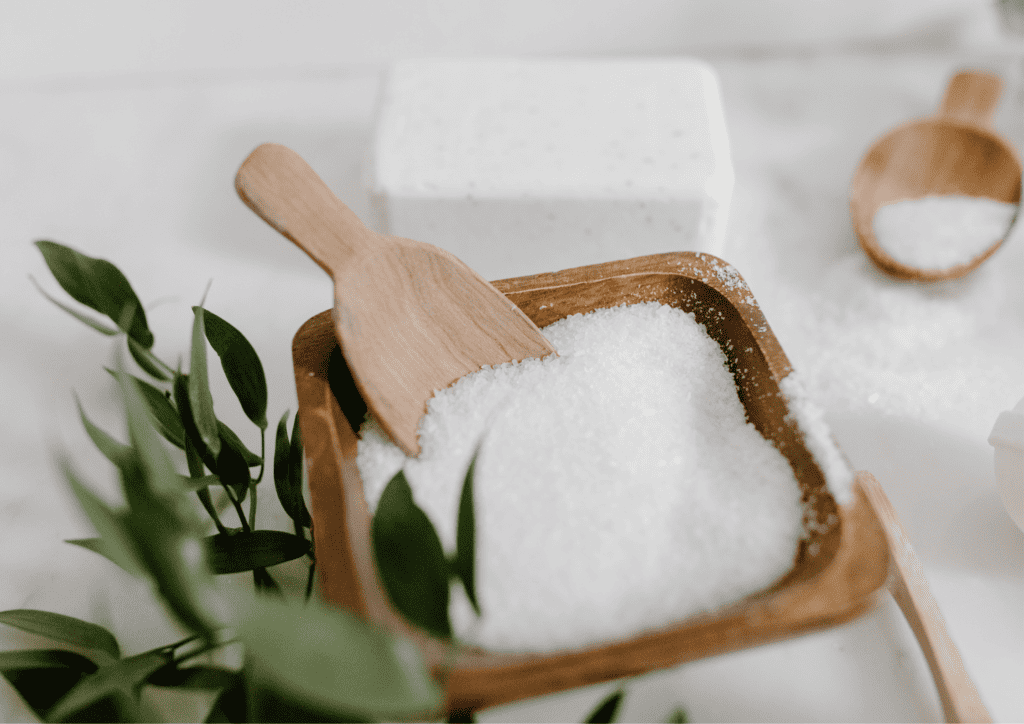
Regular table salt can be an effective flea killer. By sprinkling salt on carpets, upholstery, and pet bedding, you can create a hostile environment for fleas. The salt absorbs moisture, dehydrating the fleas and ultimately killing them.
Evenly spread salt on affected areas and let it sit for 24-48 hours. Vacuum the salt and dead fleas up after the waiting period.
Keep pets away from the treated areas, as excessive salt consumption can be harmful.
Vinegar
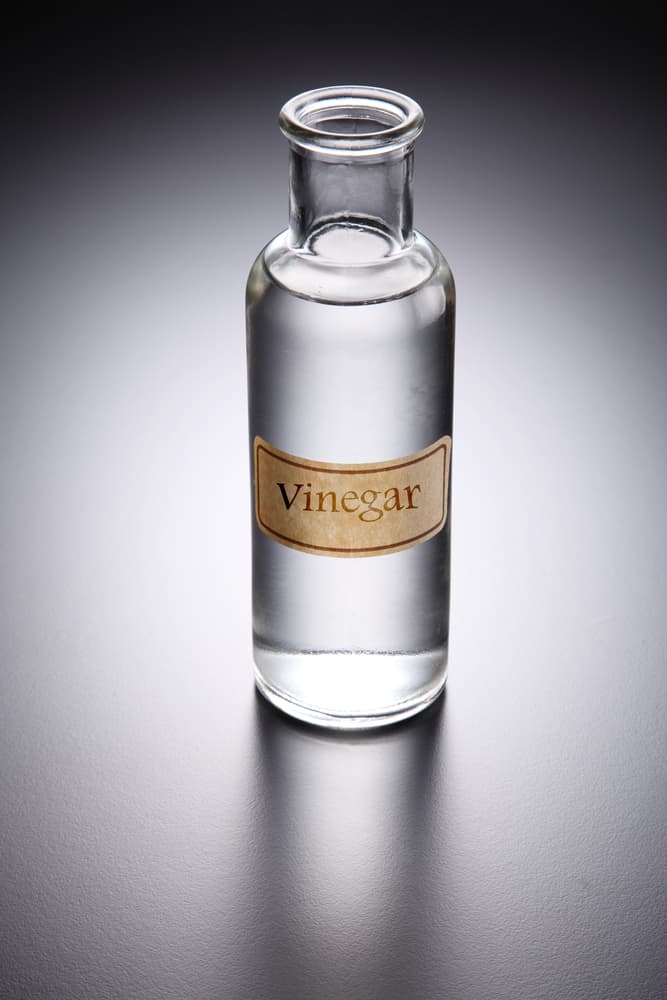
Vinegar, specifically white vinegar or apple cider vinegar, can help repel and kill fleas. Fleas dislike the acidic environment created by vinegar, and the substance also helps to break down flea eggs and larvae.
Mix equal parts water and vinegar in a spray bottle. Lightly mist carpets, furniture, and pet bedding. Avoid over-saturating, as this can damage certain materials.
Test the vinegar solution on a small, inconspicuous area before applying it to larger surfaces.
Essential Oils

Certain essential oils, such as lavender, lemongrass, and peppermint, can help repel fleas and kill them on contact. However, it’s essential to use these oils with caution, as some can be toxic to pets, especially cats.
Dilute the chosen essential oil with a carrier oil or water, and apply it to a flea collar or spray it on affected areas. Always consult with a veterinarian before using essential oils on or around pets.
Consult with a veterinarian before using essential oils on or around pets, especially cats. Some essential oils can be toxic to animals.
What Are Some Effective Natural Flea Repellents?
When it comes to dealing with fleas, it’s important to understand the difference between repellents and killers. While flea killers are designed to eliminate fleas already infesting your pet or home, repellents work to prevent fleas from taking up residence in the first place. In this section, we’ll discuss various natural flea repellents and how to use them effectively.
There are several natural flea repellents that you can use to protect your pets and home from these pesky parasites. Some of the most common and effective natural flea repellents include:
Lemon spray

Citrus is a natural flea repellent, and making your own lemon spray is a simple and cost-effective solution. To create a lemon spray, simply boil a sliced lemon in water, let it steep overnight, and then transfer the liquid to a spray bottle.
Essential oils
Certain essential oils, like lavender and eucalyptus, have been shown to effectively repel fleas. To use essential oils as a flea repellent, you can add a few drops to your pet’s shampoo or dilute the oil with water to create a spray. Be cautious, though, as some essential oils can be toxic to pets if ingested or applied in high concentrations.
Herbal repellents
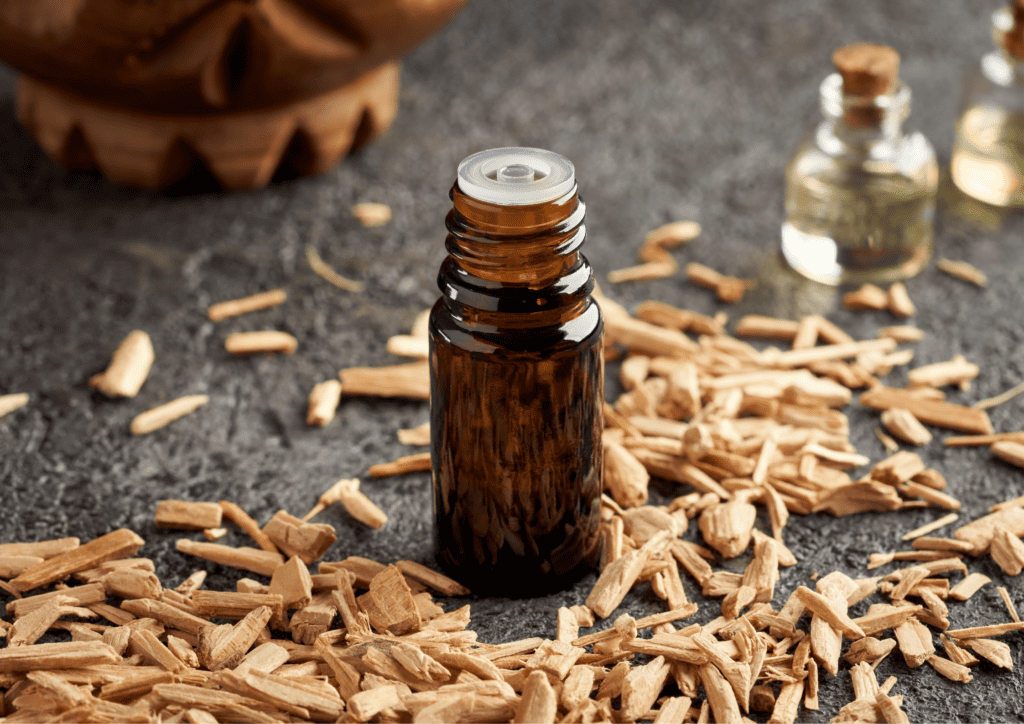
Another option for natural flea prevention is using herbal repellents, such as cedar chips, rosemary, or lemongrass. These can be placed around your home or yard to deter fleas from entering the premises.
How to Use Natural Flea Repellents?
Proper application and use of natural flea repellents are essential for their effectiveness. Follow these guidelines to ensure the best results:
- For lemon spray and essential oil-based sprays, apply the solution directly to your pet’s fur, avoiding the eyes, nose, and mouth. Be sure to test a small area of your pet’s skin first to check for any adverse reactions.
- When using essential oils in your pet’s shampoo, add just a few drops and be sure to rinse thoroughly after bathing.
- Place herbal repellents, like cedar chips or rosemary, in strategic areas around your home and yard. Focus on areas where your pet spends a lot of time, such as their bedding or favorite resting spots.
- Always monitor your pet for signs of irritation or discomfort when using natural flea repellents. If you notice any adverse reactions or if the repellent isn’t effective, consult with your veterinarian for alternative options.
In conclusion, natural flea repellents can be an effective and eco-friendly way to protect your pets and home from fleas. By understanding the difference between repellents and killers, and by following the guidelines for proper application and use, you can successfully prevent flea infestations while keeping your furry friends safe and healthy.
What are Some Natural Flea Remedies for Pets?
Apple Cider Vinegar

Apple cider vinegar is a popular natural remedy for fleas. To use it, mix equal parts of water and apple cider vinegar in a spray bottle. Spray the solution onto your pet’s fur, avoiding their eyes and nose. This remedy works by creating an acidic environment that fleas dislike.
Diatomaceous Earth
Diatomaceous earth (DE) is a natural powder made from fossilized algae. It’s safe for pets and can be used to eliminate fleas. To apply, lightly dust your pet’s fur with food-grade DE (avoid inhaling the powder). Leave it on for a few hours, then brush it out. DE works by dehydrating and killing fleas.
Lemon Juice

Lemon juice is another natural flea repellent. Boil a sliced lemon in water, let it cool, and then transfer the mixture into a spray bottle. Apply the lemon spray onto your pet’s fur, avoiding their eyes and nose. The citric acid in lemon juice helps to repel fleas.
Precautions to Take When Treating Pets
Test for Allergies
Before using any natural treatment, test a small patch of your pet’s skin to ensure they’re not allergic to the remedy. Wait 24 hours to observe if there are any adverse reactions.
Avoid Essential Oils for Cats
Some essential oils, like tea tree oil and eucalyptus oil, can be toxic to cats. Ensure you research the safety of any essential oil before using it on your feline friend.
Consult Your Veterinarian
Always consult with your veterinarian before trying any natural remedies, as they can provide guidance on the best treatment options for your pet.
How to Get Rid of Fleas in the House Naturally
Tackling a flea infestation in your home requires a multi-pronged approach. This section will teach you how to get rid of fleas from your house, bed, and furniture using effective, natural methods such as regular vacuuming, washing, natural sprays, and steam cleaning. Learn how to create a safe living environment for you and your pets, free from pesky fleas.
Vacuuming

Regular vacuuming can help eliminate fleas and their eggs from your home. Focus on high-traffic areas, pet bedding, and furniture. Dispose of the vacuum bag or empty the canister outside to prevent re-infestation.
Washing
Wash pet bedding, rugs, and other fabrics in hot water to kill fleas and their eggs. Dry the items on high heat for at least 30 minutes.
Natural Sprays
Create a natural flea spray using a combination of water, apple cider vinegar, and a few drops of essential oils (safe for dogs). Spray this mixture on carpets, furniture, and pet bedding.
How to Get Rid of Fleas in Bed
Finding fleas in your bed can be distressing, but there are natural solutions to rid your sleeping space of these pests.
Washing Bedding
Remove all bedding, including sheets, pillowcases, and blankets. Wash them in hot water and dry on high heat to kill fleas and their eggs.
Vacuuming
Thoroughly vacuum the mattress, box spring, and surrounding areas. Dispose of the vacuum bag or empty the canister outside.
Mattress Cover
Use a mattress cover to prevent fleas from entering or escaping the mattress. This will help keep your bed free of fleas.
How to Get Rid of Fleas on Couches and Other Furniture
Here is a step-by-step guide on using vacuuming, steam cleaning, and natural sprays to naturally rid your couches and other furniture of fleas.
Vacuuming
Vacuum all furniture, paying special attention to cushions, seams, and crevices. Dispose of the vacuum bag or empty the canister outside.
Steam Cleaning
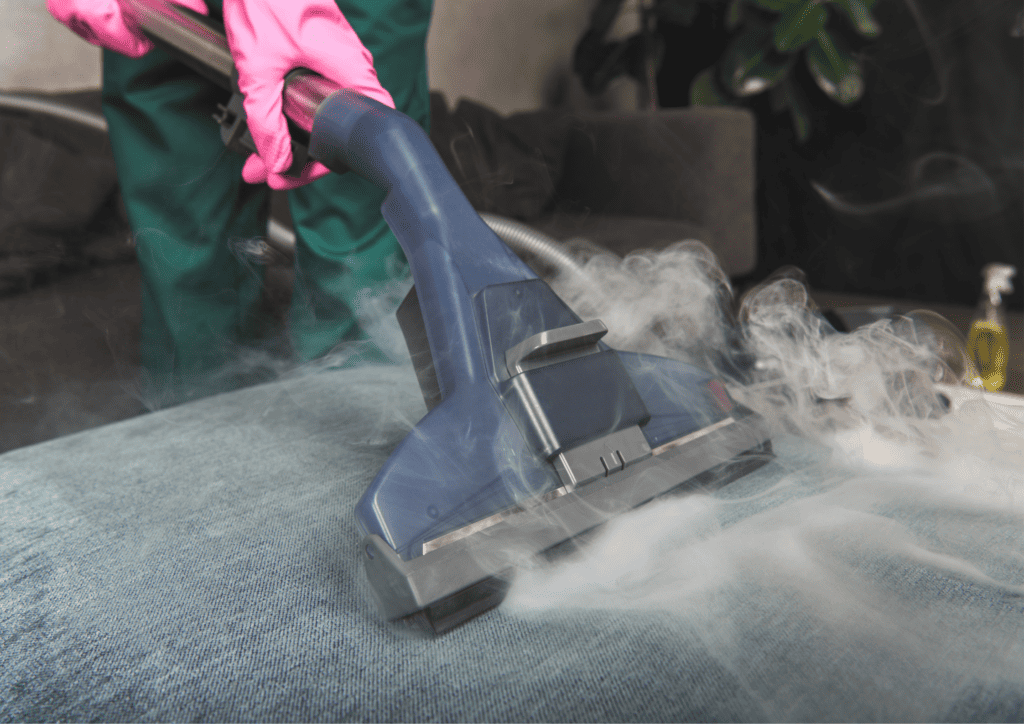
Steam cleaning furniture can help eliminate fleas by exposing them to high heat. Hire a professional steam cleaner or use a handheld steamer for smaller items.
Natural Sprays
Apply a natural flea spray (as mentioned earlier) to your furniture, focusing on upholstery and any crevices where fleas may hide.
Remember, the key to controlling and preventing fleas is consistent and thorough treatment of your pets, home, and furniture. With these natural remedies and precautions, you can effectively combat fleas and keep your pets and home pest-free.

